We believe everyone should be able to make financial decisions with confidence. And while our site doesn’t feature every company or financial product available on the market, we’re proud that the guidance we offer, the information we provide and the tools we create are objective, independent, straightforward — and free.
So how do we make money? Our partners compensate us. This may influence which products we review and write about (and where those products appear on the site), but it in no way affects our recommendations or advice, which are grounded in thousands of hours of research. Our partners cannot pay us to guarantee favorable reviews of their products or services. Here is a list of our partners.
When the tread depth gets too low or your tires hit the six-year mark, it's time for new rubber.
Many or all of the products featured here are from our partners who compensate us. This may influence which products we write about and where and how the product appears on a page. However, this does not influence our evaluations. Our opinions are our own. Here is a list of our partners and here's how we make money.
While the consensus across the auto industry is that you should consider replacing your tires at least every six years, there’s no magic number for how often you should replace them.
Tires become unsafe when tread becomes too thin, rubber is degraded by time and temperature or their sidewalls are damaged. A flat is an inconvenience, but a blowout or sketchy grip can lead to an accident.
Although tires can be a substantial expense for a car owner to handle at one time, wear and tear — and their replacement — is mostly predictable. Here’s a rundown of how to determine if your tires need to be replaced and common signs that your tires aren’t up to par.
Tires have grooves known as tread that help them grip the road. While most new tires have a tread depth around 10/32nds of an inch, the tread wears down over time. This makes it more difficult to steer your vehicle, reduces traction and increases braking time.
While most new tires have a tread depth around 10/32nds of an inch, the tread wears down over time. This makes it more difficult to steer your vehicle, reduces traction and increases braking time.
The U.S. Department of Transportation deems tires that have tread at or below 2/32nds of an inch to be unsafe. While your tire technically has enough tread to drive at this point, it can be dangerous to drive your car in certain conditions or for long distances.
There are three ways to figure out your tires’ tread depth:
Tread wear indicators are built into tires and are raised, evenly spaced sections in the grooves of your tire tread. On new tires, they are not as high as the tread. However, when the tread reaches the same level as the indicators, it means it’s time to replace the tires.
Tire tread gauges are relatively cheap tools that let you measure your tread in thirty-seconds of an inch. This will show you the exact measurement of your tire tread.
The penny test lets you estimate tread depth based on where the tread hits a penny. To do this test, take a penny, turn it upside-down, and insert it straight down in the groove of a tire’s tread. Look straight on at the penny to determine where the tread hits President Lincoln’s profile. If you can see his entire head, you’ve hit the mark and need new tires.
Regardless of how many miles they’ve driven, tires degrade over time and become more prone to failure. Factors like environmental conditions, storage and maintenance can influence how long a tire will last even if it’s only driven a few hundred miles a month.
While there’s no set requirement for when to replace tires according to age, the general recommendation is to replace them six years after the manufacture date and to never drive on tires that are older than 10 years.
Of course there are other times when your tires are telling you it’s time for replacement despite what your tread measurement might say.
You moved to a new climate. Some tires are designed for specific conditions such as extreme temperatures. Winter tires, for example, have deeper tread and are meant to be more flexible in cold weather; driving them on warm pavement can wear them down more quickly. If you move to a new climate, pay attention to road conditions and weather patterns to determine if you need different tires.
You’re losing traction. If it feels like your car is slipping or sliding during wet weather, this could be a sign of low tire tread that is failing to channel water away effectively. Because tire tread can wear unevenly, you might not notice that some of your tread has worn thin and is affecting your traction.
Most modern cars activate a warning light when your car loses traction. If you are seeing this warning light more frequently as time goes on, check the condition of your tires.
Your tires aren’t holding pressure like they should. Certain types of tire damage, including debris between the rim and the tire and damage to the sidewall, can cause continuous pressure loss.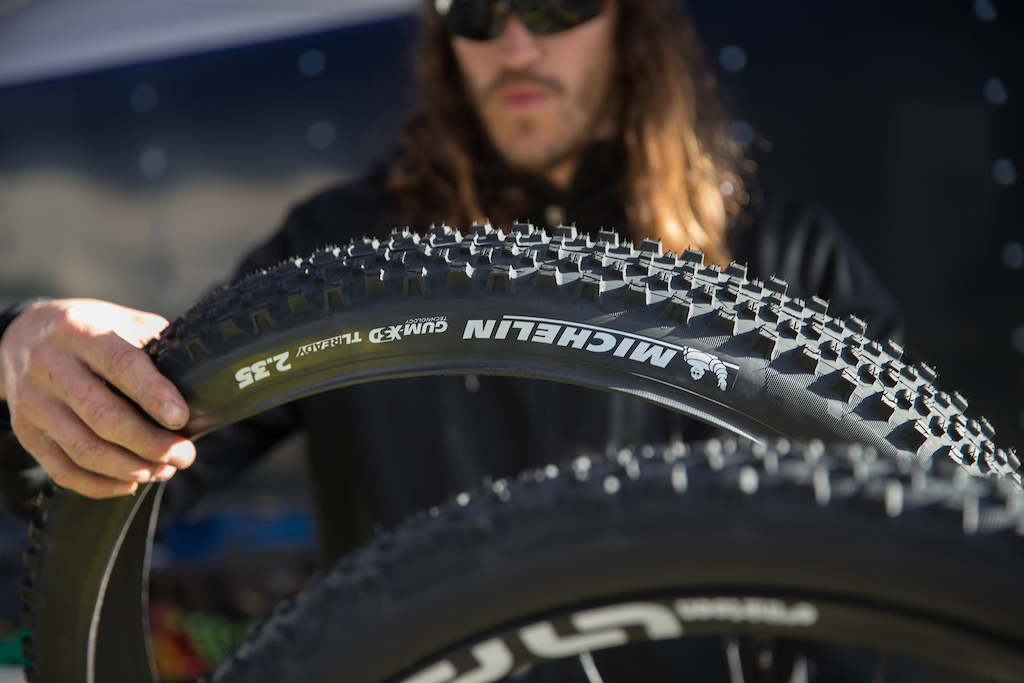 Some damage might be repairable, but some situations will call for new tires.
Some damage might be repairable, but some situations will call for new tires.
🤓Nerdy Tip
An average of 2% air loss in tires is common for every drop of 10 degrees in outside temperature. So don’t worry if your tire pressure varies a bit when it starts to get colder outside.
About the author: Whitney Vandiver is a writer at NerdWallet currently focusing on small business. Read more
On a similar note...
Get more smart money moves – straight to your inbox
Sign up and we’ll send you Nerdy articles about the money topics that matter most to you along with other ways to help you get more from your money.
Maybe you got a used car a few years ago or maybe you recently purchased a new car. No matter the situation, as a car-owner you may be wondering, how often should you replace your tires? When you should replace your tires differs slightly from vehicle to vehicle and driver to driver. However, there are a few standards that should help you determine when to change your tires next.
However, there are a few standards that should help you determine when to change your tires next.
When and how often you should change your tires depends on a few factors. When thinking about replacing your tires, ask yourself these questions:
Along with the answers from above, there are a few pieces of information you can grab from your vehicle to help determine the next time you should replace your tires. The following should only take a few minutes to find out.
Most car experts will tell you to change your tires every 6 years or so. If you are constantly driving, you may need to change your tires earlier. Likewise, if you don’t drive often you can get away with a few extra years.
For a car that you bought new, you can easily bet on changing your tires 6 years after your purchase. For used cars, you’ll likely need to look at the date printed on the tire.
To see when your tires were manufactured, look for a four-digit number sequence on the outside of the tire. This will tell you the week of the year in which they were made. For example, 1112 means that the tires were made in the 11th week of 2012.
Another good rule of thumb when it comes to tire replacement is to replace your tires every 25,000-50,000 miles. In most cars, you can check your total mileage on the dashboard.
Aside from time and mileage, you can always check if your tires look like they need to be replaced. To do so, get a quarter and insert it headfirst into the center of the tire tread. If Washington’s head is even with the tread, your tires are safe, but you need to get them replaced soon.
Doing the same trick with a penny, if Lincoln’s head is even with the tread, hopefully, you have some money saved up because you need to change your tires ASAP.
Another physical test to see if it’s time for a tire replacement is to be mindful of how your car feels when you are driving. Does the steering wheel feel smooth when driving, or does it vibrate or veer to one side over the other. If it does any of the latter, consider getting your tires changed.
While there are steps you can take to expand the lifespan of your tires, when they are worn out, you need to replace them. You can’t put off changing your tires, as it is a safety risk to you and other vehicles on the road. Old tires can affect the way your car breaks and stops, which can lead to accidents. Be a responsible car owner and replace your tires when needed.
All car owners need to be on top of replacing their tires. How often should you replace your tires? It might vary from person to person, but there are standards in place to determine tire health.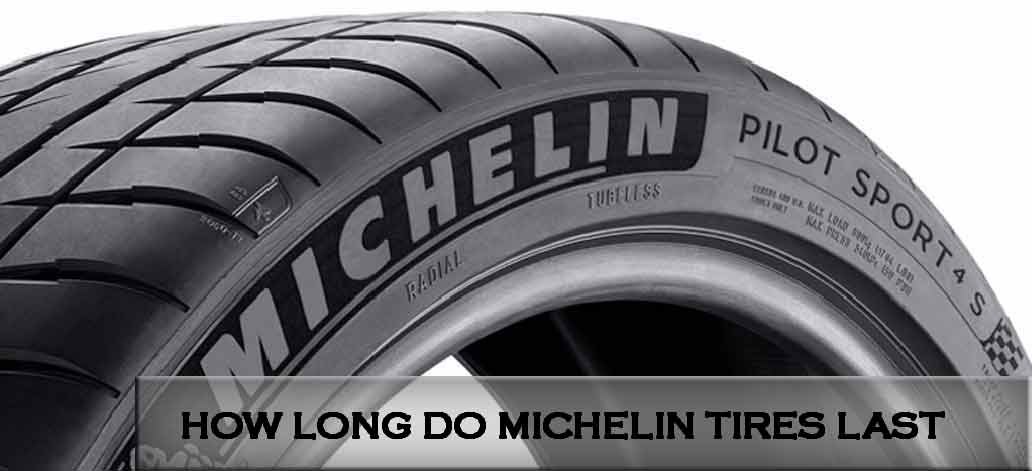 Is your car due for a tire replacement? Then check out Christian’s Tire Shop. We have all the name brands you could possibly want, right here in Albuquerque.
Is your car due for a tire replacement? Then check out Christian’s Tire Shop. We have all the name brands you could possibly want, right here in Albuquerque.
Related materials
7 rubber signals: what the tire says about car problems
How do you know when tires are completely worn out and it's time to change them? Everything is simple. For summer tires, the limit is 1.6 mm of residual tread depth, and for winter (or all-season tires used in winter) - 4 mm. Modern summer tires can travel from 40,000 to 70,000 km, depending on driving style and vehicle characteristics. An average motorist rolls such a mileage on summer tires in 2-3 seasons. Moreover, wear implies not only a decrease in tread depth. For millions of cycles of deformation, the strength of the carcass and its adhesion to the layers of the rubber compound are violated. In short, every 2-3 years you should buy a new set of tires.
In case of irreparable damage to one of the tires and a relatively high total mileage of the kit, it is also worth considering replacing it. Well, or about buying at least a pair of new tires, which, for any type of drive, should be installed on the front axle. We put two tires back - the most decent of the remaining ones.
Many motorists drive only a few thousand kilometers a year. This does not mean that the tires will serve you for several decades. According to Russian requirements (GOST 4754-97), the service life of passenger car tires is 5 years from the date of manufacture. And for example, Continental recommends that all car tires (including the spare tire) older than 10 years old should be replaced with new ones. Therefore, with small runs, you can navigate for ten years. The date of manufacture of the tire is indicated on the sidewall. Usually it is an oval with four numbers. The first two are the ordinal number of the week in the year, the last two indicate the year.
Related materials
How to change the car yourself - detailed instructions
Tires should be rotated periodically in accordance with the vehicle manufacturer's recommendations - information on this can be found in the owner's manual.
We can advise you to carefully use the tires and, most importantly, to store them correctly in the off-season. First of all, during storage, it is important to exclude direct sunlight from hitting the tires, which greatly age the rubber. Tires without rims should be placed vertically, and stacked on rims.
And before installing tires on a car at the beginning of the season, evaluate their condition. There should be no cracks in the tread and sidewalls. The tire should not be dry, it should remain rubbery and not look like baked plastic.
Related materials
Driving on badly worn tires - will I be fined or not?
Winter tires have a much shorter life span.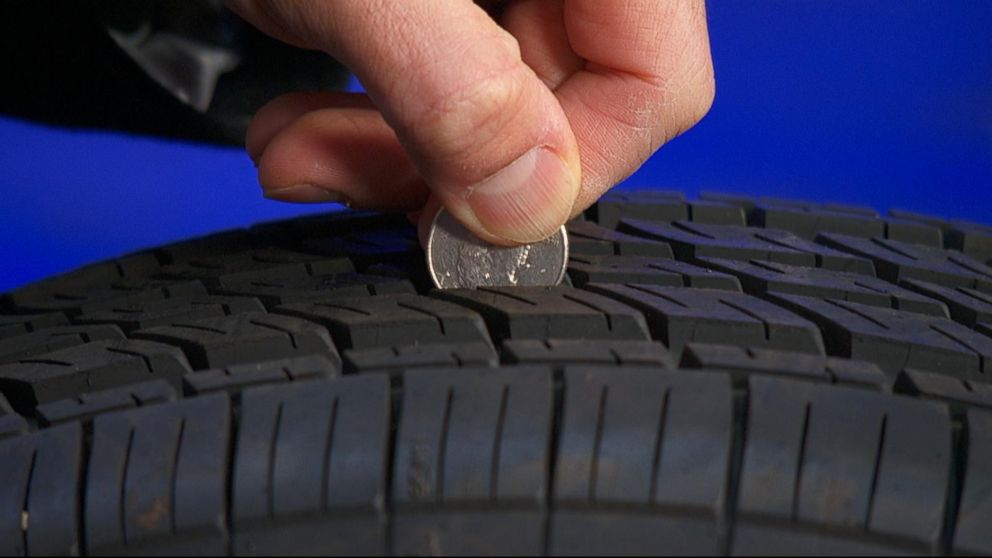 They almost always fail due to the wear of the treadmill, because the tread of a new tire is 7–8 mm, and only 3–4 mm remain working height. If the tires are studded, then with such wear there are very few metal elements left, and the tire will not provide adequate safety when driving on a winter road. However, not only spikes, but also Velcro, with such a degree of wear, also lose most of their capabilities.
They almost always fail due to the wear of the treadmill, because the tread of a new tire is 7–8 mm, and only 3–4 mm remain working height. If the tires are studded, then with such wear there are very few metal elements left, and the tire will not provide adequate safety when driving on a winter road. However, not only spikes, but also Velcro, with such a degree of wear, also lose most of their capabilities.
The real life of winter tires rarely exceeds 30,000 km. "Bald" winter tires without studs can be re-rolled in summer, but their grip on hot road surfaces will be very poor. This must be taken into account, especially when braking.
***
So: tires that have not yet worn out along the tread (that is, up to 1.6 mm tread depth for summer tires, 4 mm for winter tires) are changed either ten years after the date of issue, or when the rubber layer cracks tires or damage.
Our new video
An interesting (and inexpensive) car from Lipetsk: everything is different here!
Test of the most affordable (well, almost) crossover for the family
Test of the new Chinese crossover Skywell ET5
Like this post? Subscribe and you will always be in the know!
Driving on Yandex.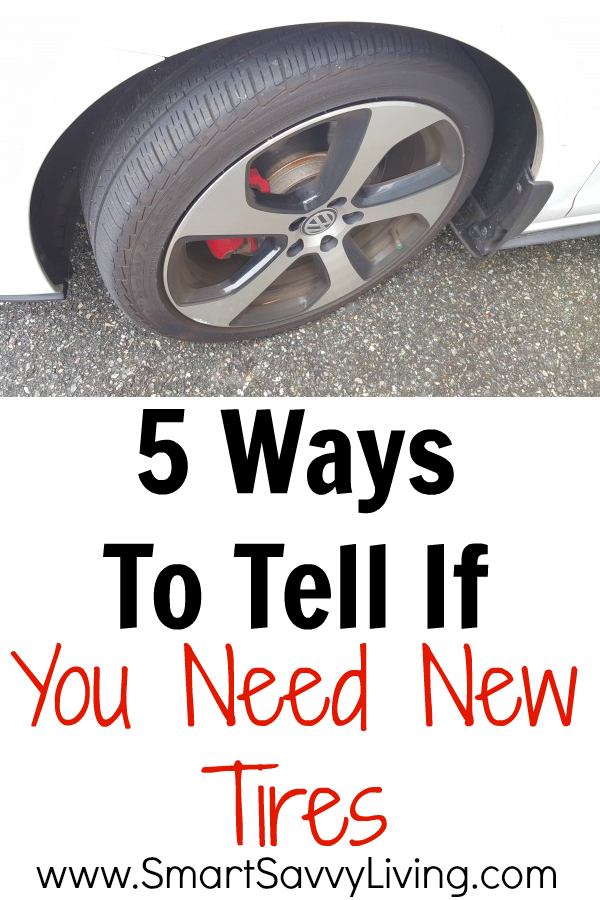 Zen
Zen
News smi2.ru
Driving comfort, handling and safety level depend on the technical condition of tires. Car tires provide traction to the car in various climatic and road conditions. blog.ship-ship.ru
Driving comfort, handling and safety level depend on the technical condition of tires. Car tires provide traction to the car in various climatic and road conditions.
The tread is the outer layer of the tire. It comes into contact with the road, creates a contact patch and provides traction. The tread pattern differs in volume, consists of blocks, grooves, lamellas of a certain depth.
The tread is responsible for the grip of the wheels on dry, wet, snowy and icy roads. It removes water, dirt and snow from the contact patch. The system of blocks and grooves prevents the effect of hydroplaning, when a water cushion forms between the wheel and the road during rain.
The degree of wear of the tire tread affects the handling, maneuverability, stability of the car, and the length of the braking distance. There are requirements for the depth of the tread pattern. If the outer layer of the tire is worn out, then it is changed.
It is important to understand that worn tires are not able to cope with the tasks:
Tread wear is the main cause of deterioration in braking quality, poor handling and directional stability. At the same time, worn tires show equally unstable behavior on any type of road surface in rain, snow or dry weather.
Winter and summer tires differ in thickness, composition of the rubber compound, the number, shape and size of blocks and grooves. The selection of tires depends on the make and model of the car, body type and class, climatic and road conditions (city, highway, country roads, off-road), speed limit and driving style.
The new tires have deep grooves and numerous sipes that provide excellent traction. Manufacturers produce winter tires with three types of tread:
Spikes are used for driving on roads and ice that have not been cleared of snow. The spikes bite into the ice crust and split it, providing excellent traction. But when driving on dry asphalt, the spike loses its working properties.
Velcro friction tires are suitable for driving on a dry clean road, melted and shallow snow, mud. The main difference between Velcro is the presence of lugs, special grip edges that increase the stability of the wheels on wet road surfaces.
Scandinavian tires are used in the conditions of the northern regions, which are characterized by extreme sub-zero temperatures and snowfalls. The main difference between the Scandinavian tread is wide sipes, massive numerous blocks cut by grooves.
In modern tire models, the tread height is 9-12 mm. The permissible wear level here will be from 4 to 6 mm. If the wear 'threshold' passes, the tire is changed regardless of how long it lasts.
Important: The tread of a winter tire is always 3-4 mm higher than the summer model. The depth of the Scandinavian tire pattern should also be sufficient - at least 8-9 mm.
The need for replacement will also be indicated by special indicators located at the base of the tire.
The tread depth of summer tires is 6-8 mm. The minimum tread wear must be at least 1.6 mm.
The tread pattern must be clearly legible. Otherwise, the traction and grip properties of the wheels deteriorate, the tires cannot effectively remove water and dirt from the contact patch, and the effect of aquaplaning is possible.
For sports cars, the tread height is 12 mm. For SUVs, the height indicator increases by another 5 mm.
According to the rules of the road, the maximum allowable tread wear is:
The residual wear of the tread for minibuses and buses designed to carry more than 8 passengers is 2 mm.
In order not to get into an emergency on the road, the car owner should periodically check the wear of the tread pattern. This can be done in the following ways:
Take a measuring tool with a depth gauge - a caliper. Pull out the depth gauge, rest its nose against the base of the drawing. The caliper should rest against the top of the rubber.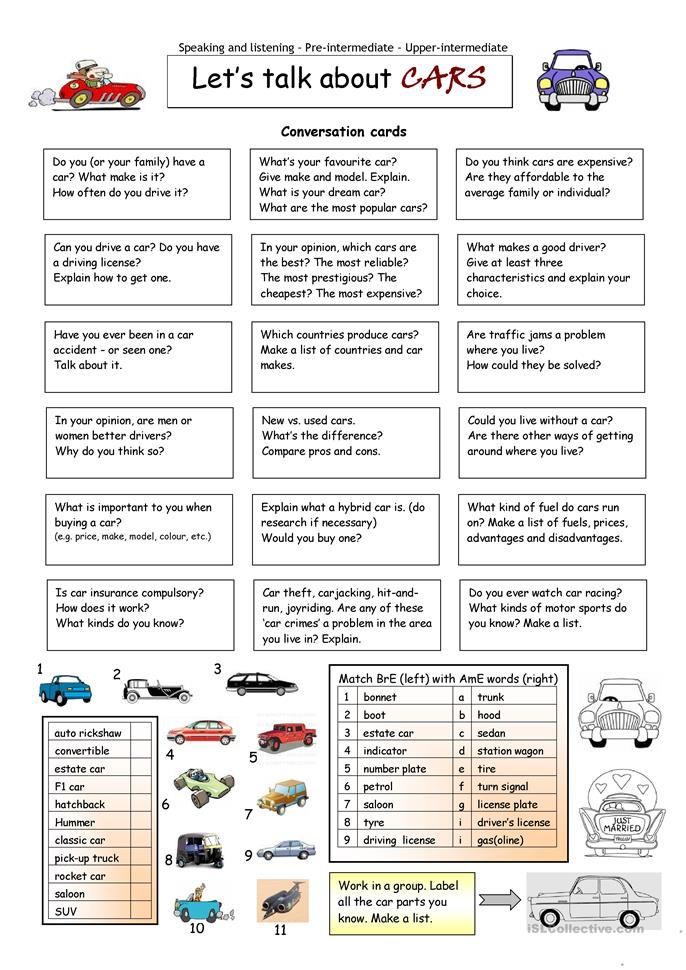
You will see readings on a mechanical or electronic scale. If the value for summer tires is less than 1.6 mm, such tires need to be replaced urgently. For winter, this figure will be below 4 mm.
To make the reading as accurate as possible, measurements are taken from the base of the figure. It should be smooth, without protrusions.
Take a coin with a face value of two rubles. Put it in the groove. If the ‘meter’ deepened to the word ‘ruble’, the residual depth is 4 mm. If the word 'ruble' has disappeared - the depth is 6 mm. But if the protector hid only the beginning of the 'wreath', then 2 mm of the pattern remained. In this case, play it safe and replace the tires.
The ‘coin’ method is inaccurate and allows you to find out the approximate depth. It is used before passing the inspection or when buying tires with mileage.
Manufacturers today offer tires with special wear indicators.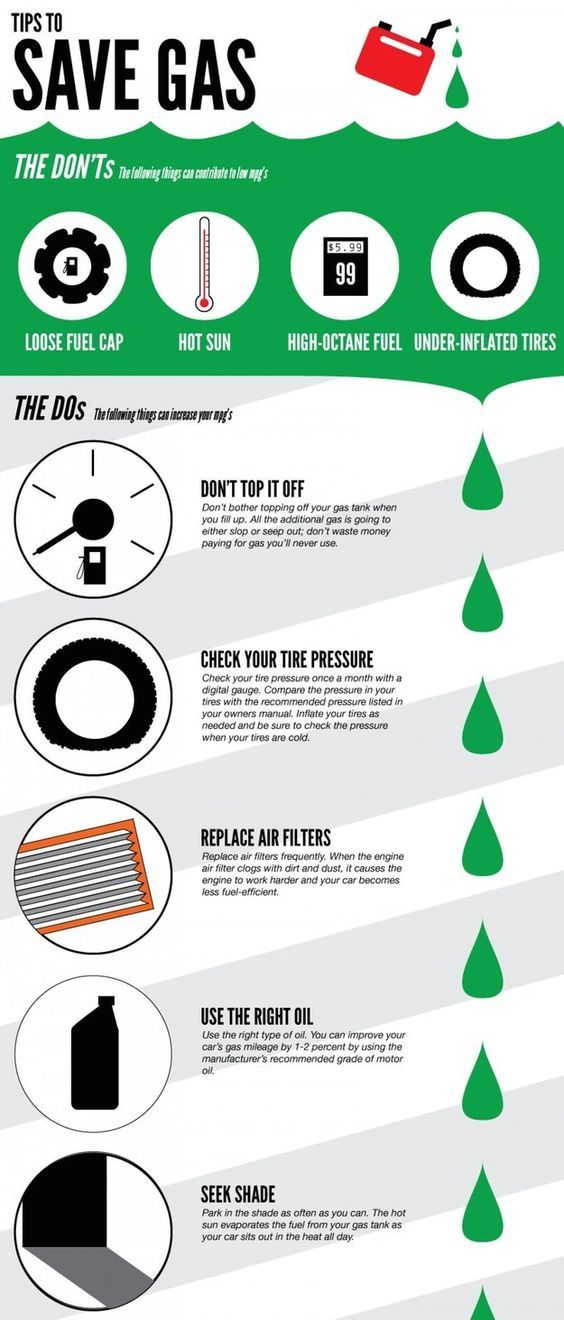 This is a special part of the drawing: it differs in color, shape, size.
This is a special part of the drawing: it differs in color, shape, size.
On the surface of tires you can find the following indicators:
Tires don't always wear evenly. Car owners often face such a problem, and here are its main reasons:
When inflating wheels, follow the manufacturer's recommendations. Neglect of this rule will lead to excessive pressure in the tires.
Neglect of this rule will lead to excessive pressure in the tires.
Increased pressure increases noise, increases damage, reduces handling.
If the wheels are poorly inflated, there is a deflection in the central part. Decreased acceleration, increased fuel consumption, increased turning radius.
Under normal pressure, the rubber wears evenly.
When a wheel hits a hole, the wheel alignment is knocked off the pothole. Car owners are not always able to determine this malfunction on their own and in a timely manner. The indicator is - different wear of the tread.
Excessive camber angle (positive or negative) leads to abrasion of the rubber in the shoulder areas. The cover is bevelled. A car with such wheels cannot move in a straight line, and the driver has to constantly tighten the steering rack.
Excessive toe angle (positive or negative) results in a 'knocked down' tread. The drawing is assembled into an accordion, forming a bumpy, rib-like surface.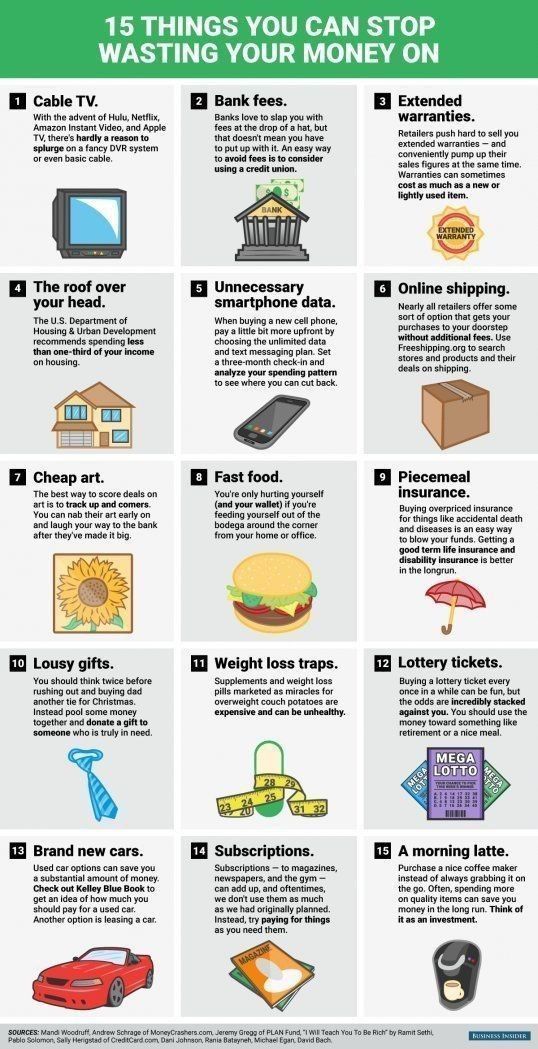
Due to defects in tires or rims, it is impossible to properly balance the wheels. Such a ‘malfunction’ leads to uneven wear, poor handling and vehicle stability.
The first sign of defective rubber is the appearance of shocks, the beating of the steering column.
Suspension condition should be checked annually. Worn parts or failure of this part of the undercarriage of the machine will also lead to uneven tire wear.
Tires with residual wear of the tread pattern, rubber with cracks and cuts are subject to replacement.
It is important to remember that tires are subject not only to abrasive wear, but also lose their performance under the influence of climatic conditions, exposure to road dust, reagents, and high loads. The result of such influences is a hardened tire covered with microcracks.
Therefore, tires need to be changed every five years.